Schedule a Call Back
Automated packaging lines drive sustainability goals forward
 Articles
Articles- Aug 18,22

Related Stories
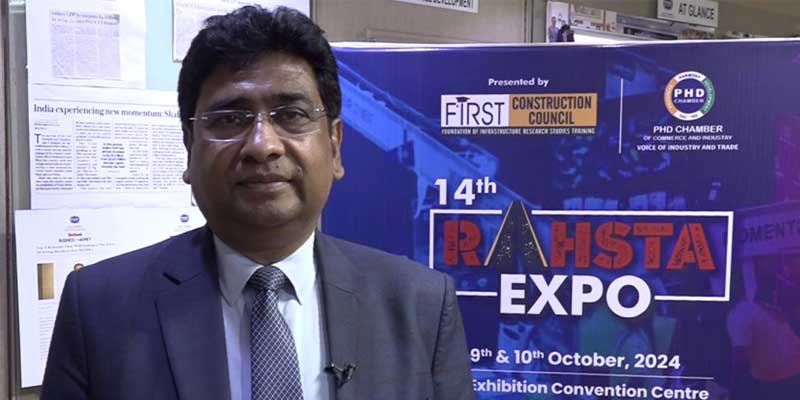
RAHSTA to showcase cutting-edge road construction tech, says NCC Director
14th RAHSTA (Roads and Highways Sustainable Technologies & Advancement) Expo - India’s biggest road exhibition - will be held as a part 10th India Construction Festival 2024 at Jio Convention Cent..
Read more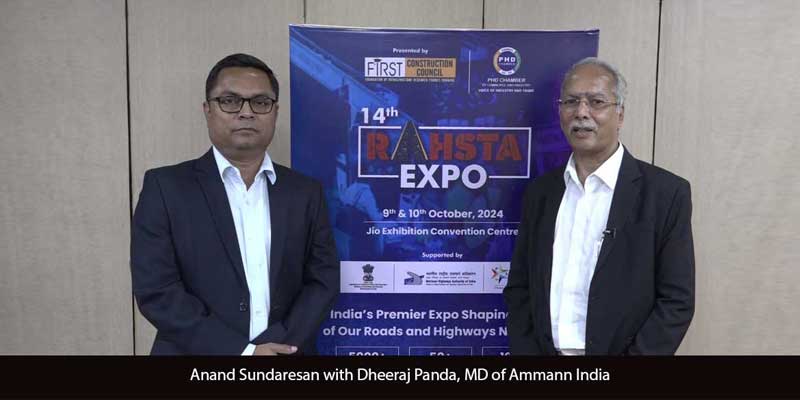
RAHSTA will drive road construction innovation: Sundaresan
14th RAHSTA (Roads and Highways Sustainable Technologies & Advancement) Expo - India’s biggest road exhibition - will be held as a part 10th India Construction Festival 2024 at Jio Convention Cent..
Read more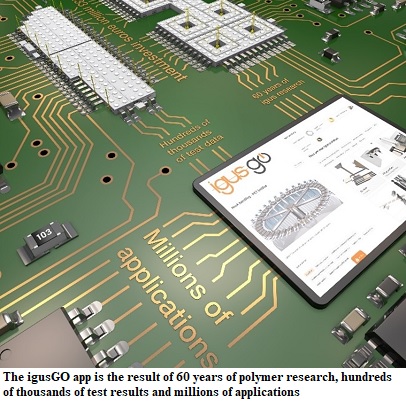
Igus to invest in 247 new motion plastics products in 2024
The German firm, which recorded Euro 1.136 billion turnover in 2023, increased its customer base by 6.7 per cent.
Read moreRelated Products
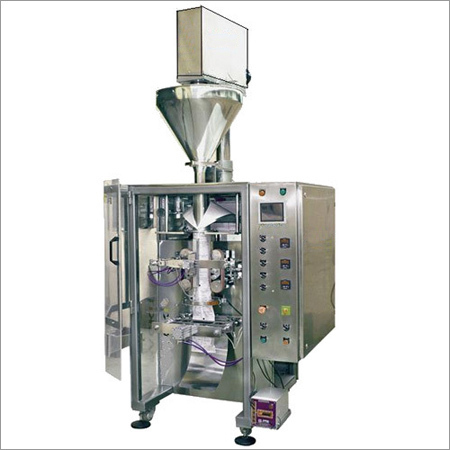
Collar Type Servo Auger Machine
All India Packing Machines offers collar type servo auger machine. Read more
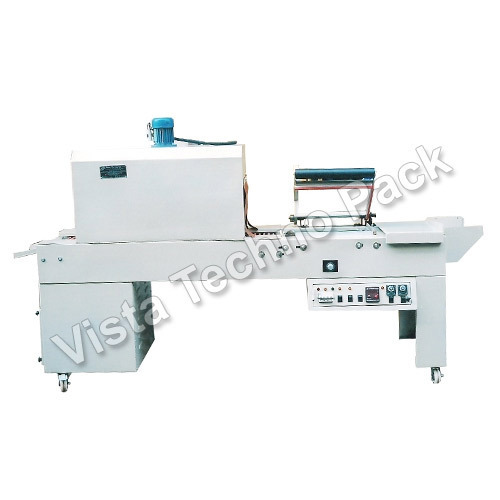
Shrink Tunnel
Vista Technopack Machines offers a range of online shrink tunnel with L sealers. Read more
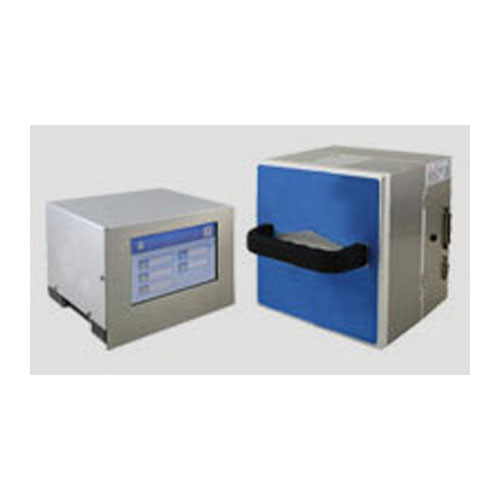
TTO Printer - TTO Ao5
Aztec Fluids & Machinery offers
a wide range of TTO printer - TTO AO5.












